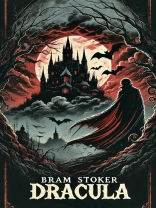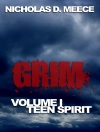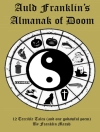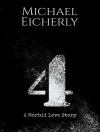Bram Stoker’s Dracula (1897) is one of the most influential Gothic horror novels of all time, introducing the world to Count Dracula and shaping modern vampire mythology. Told through diary entries, letters, and newspaper articles, the novel follows the terrifying journey of Jonathan Harker, his fiancée Mina, and their allies as they battle the ancient and malevolent vampire. A tale of suspense, horror, and Victorian anxieties, Dracula remains a literary masterpiece, captivating readers for generations.
Table des matières
Table of Contents
- Chapters I-IV: Jonathan Harker’s Journal
- Chapter V: Letters – Lucy and Mina
- Chapters VI-X: Mina Murray’s Journal
- Chapter VII: Newspaper Clipping – The Dailygraph, 8 August
- Chapters XI-XIII: Lucy Westenra’s Diary & Dr. Seward’s Diary
- Chapters XIV-XVI: Mina Harker’s Journal & Dr. Seward’s Diary
- Chapters XVII-XX: Dr. Seward’s Diary & Jonathan Harker’s Journal
- Chapters XXI-XXIII: Dr. Seward’s Diary & Jonathan Harker’s Journal
- Chapters XXIV-XXVII: Dr. Seward’s Phonograph Diary (Van Helsing) & Mina Harker’s Journal
A propos de l’auteur
Bram Stoker (1847-1912) was an Irish writer best known for his Gothic horror novel Dracula (1897). Before becoming a full-time writer, he worked as a theatre manager for Henry Irving and wrote numerous other novels and short stories, primarily in the horror and supernatural genres. His work has had a lasting impact on vampire fiction and popular culture.












